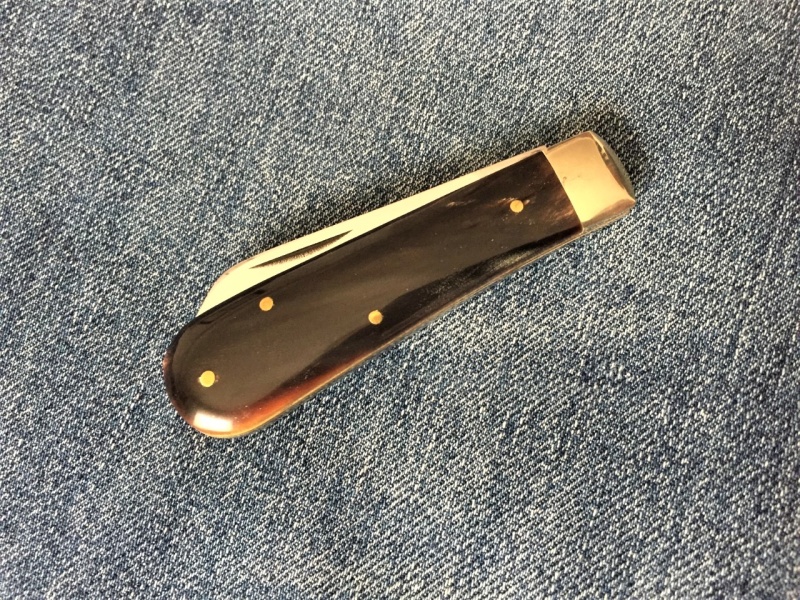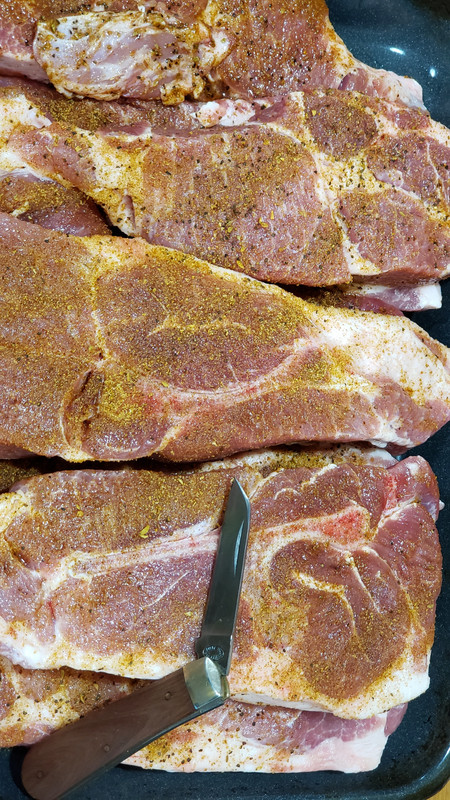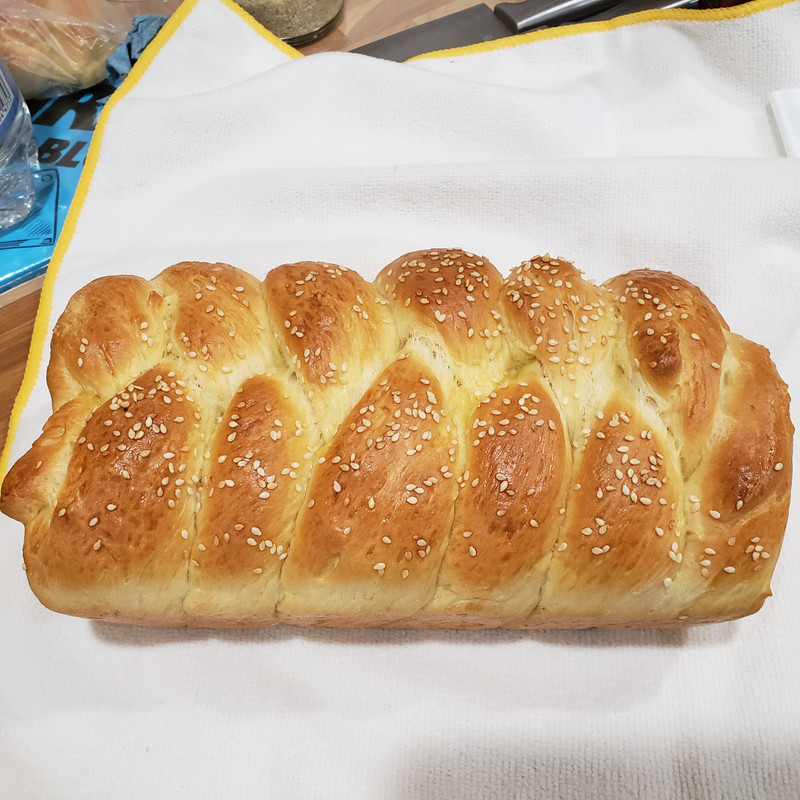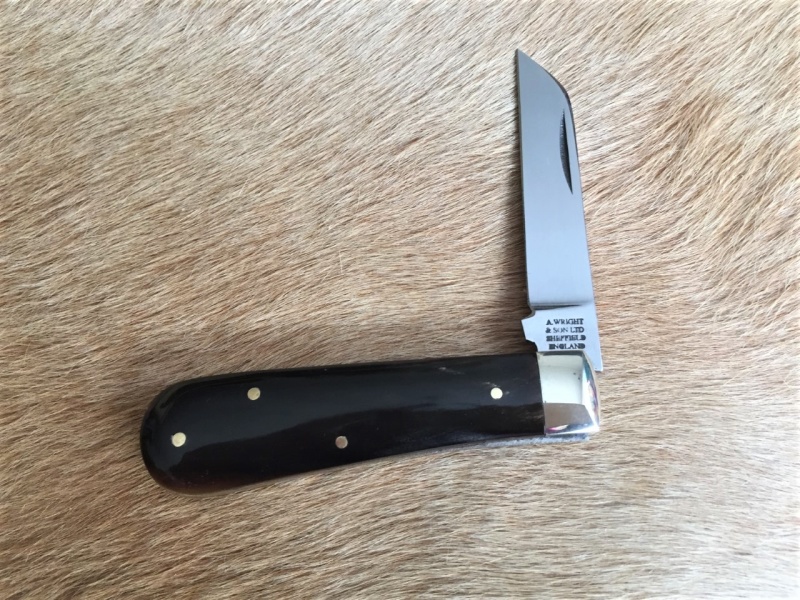- Joined
- Dec 2, 2005
- Messages
- 71,135
Good day, Guardians.
My presence here has been rather sparse lately - mostly due to not having full power. It's been a rather rotten week and since I work from home, I've been unable to be productive. Thankfully, my company compensates me regardless but it's been very frustrating.
The silver lining is that I have taken receipt of a great many knives this week and a good many of them are vintage Sheffield-made folders - two of which are appropriate for this thread. I have had little luck in finding vintage knives that are in reasonably good condition and I've seen little point in acquiring knives that are either worn out or broken. My patience was rewarded and I was able to find two Lambsfoot knives with reasonably full blades.


The first is a IXL George Wostenholm and though the blade has certainly seen some use, it seems to have been used with care. After brushing some of the crud out and flushing and oiling the pivot, I was able to take stock of what sort of knife I acquired.
The jigged bone is spectacular, in my opinion - good rich color and great texture. The action is excellent - firm pull and good snap, even at the half stop. However, the blade is not at all centered and it almost hits the mark side liner when closing. A fabulous knife though, one that I feel fortunate to have found.
Stamping shows: IXL George Wostenholm Sheffield
Also, as a bonus, I have the Oil The Joints stamped on the pile side tang.


The second one was advertised as a Deakin. I almost passed this knife by because at a quick glance, I thought it a sheepfoot. However, on closer inspection, I determined it to be a Lambsfoot and I don't feel that it is even a "maybe". There is a distinct taper from tang to tip and though it seems a bit unorthodox, it is quite subtle in it's shapeliness.
This knife impressed me - it is very well built. I don't think it has ever been sharpened and it came dull as a butter knife. Some effort in restoring the edge, flushing the pivot, and cleaning out the old pocket lint, has provided me with a very nice knife. It has good heft, the bone is a pleasure, and it just feels wonderful in the hand.
Good stout pull, a well centered blade, and a delightful snap - hard to beat that in a knife.
Stamp shows: H. Deakin Sheffield England ( H. Could be an N.)

Great to see you here Dylan, I have thought about you, and your fellow Oregonians, often this week. Congratulations on the new acquisitions my friend, two fine old Sheffield folders. I particularly admire the IXL, and love the jigging pattern, the great blade stamp, and the short bolster, which reminds me of Mallory's knife. It's a shame the blade isn't centred. More common Sheffield jigging pattern on the Deakin, and not quite as old as the other knife, I would guess. Strange that it had clearly been carried, and yet was so blunt. As per my previous communication, Deakin seems to have been a common name among Sheffield cutlers, and the venerable Sir Geoffrey of Tweedale references two Georges; James; Thomas; James & Thomas; Deakin Brothers; Deakin, Sons & Company; Deakin, Ecroyd, & Co; and Deakin, Reuss, & Co. I've not been able to find a reference to either a H or N Deakin, but while Tweedale is very extensive, he is not exhaustive, and I'll keep looking elsewhere. Thank you for the stunning photos, and a great report, I'm glad your efforts have finally paid off, and I hope the weekend, and the coming week, are better than the week past

My newest addition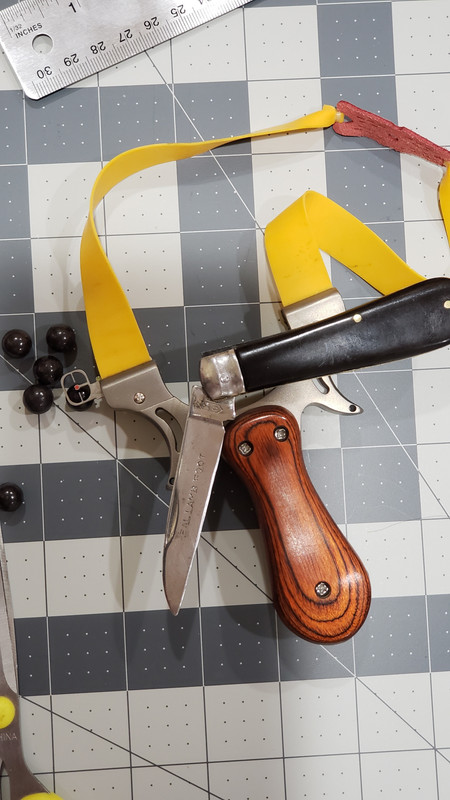
And a question, were CK knives made in Italy?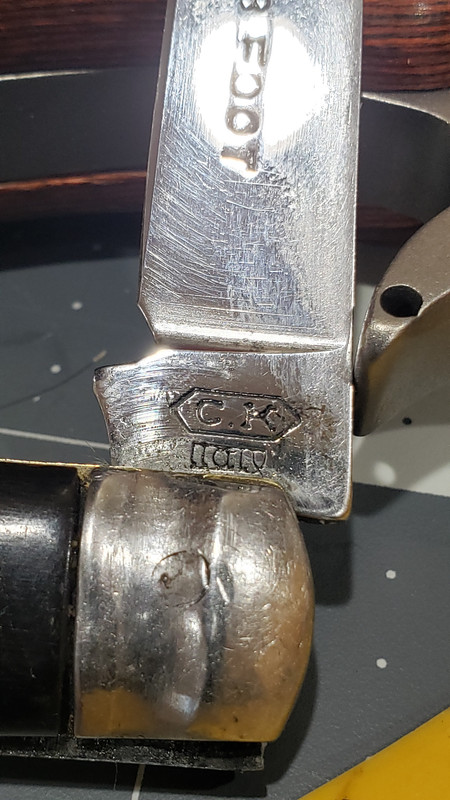
Nice CK Brewbear

That is one BIIIG grinding stone! What did that lady think? They were making machetes?
Upon further reading and looking closer at the tang stamp, my CK was made in Italy. It may not be the prettiest and the blade is not centered but I will put a nice edge on it and it will be one heck of a user! Happy weekend Guardians, stay safe, stay healthy and those in the frozen areas, stay warm.
There are a whole load of them in that area, of all shapes and sizes, but mainly large ones. Some are still half-cut in the rock. From what I've been told and read, the quarries in that area, which today provide some of the world's finest rock-climbing, closed overnight, when the price of French stone became cheaper than English stone, and it simply wasn't worth continuing to make them. The workers were sent home, and hundreds of grindstones were left where they stood.
Yes, Carl Kammerling knives were made in Italy, still are I think. Some history here

Good morning Guardians, I'm rushing a bit this morning, as I'm supposed to be heading out for a bit of a walk, and I still need to get my gear together. I hope everyone has a great weekend, and I'll catch up with you all later. Carrying my WCLF today



